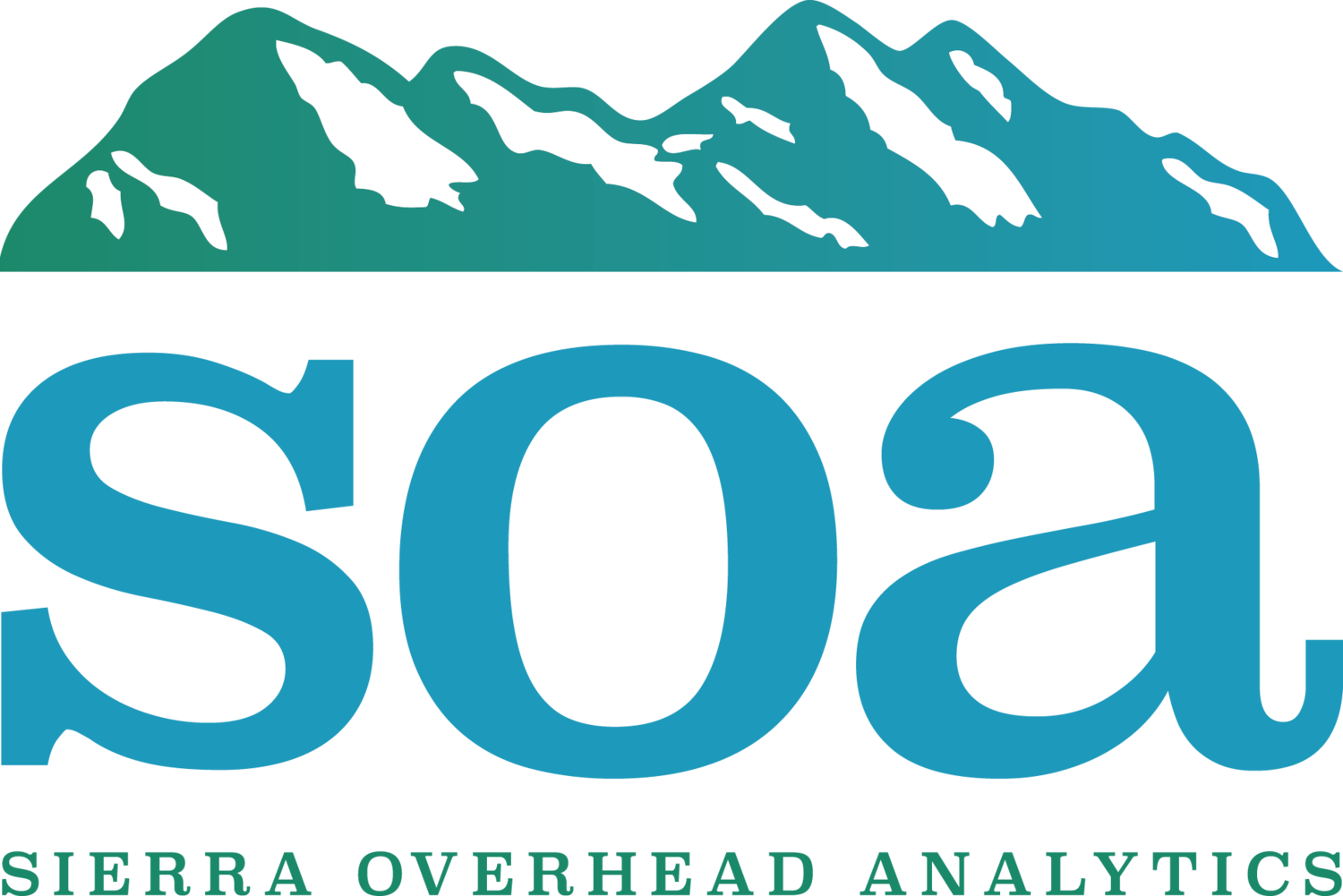Aerial Data for Better Management & Rehabilitation
Our civil engineering competencies, when combined with our geospatial data collection abilities, allow for robust pavement assessment and inspection reporting. See below for the work being done in this area by our field & engineering teams.
Highway Mapping - California
SOA collaborated with a public road agency to surveyed 18 miles of SR-99 and I-5 highways. Survey was used to collect elevation and high-resolution photographic data, with complete coverage of target area achieved in 5 days field work. An approximate 5 CM ground sample distance (GSD) orthophoto was created for each highway segment through use of a UAV. Temporary targets (biodegradable chalk paint) were created where possible (entrance and exit ramps, overcrossings) to maintain the image alignment.
Pavement Mapping for ADA Compliance
Our client requested surveys of several big box stores in order to determine the condition of their parking lots. An approximate 1 CM ground sample distance (GSD) orthophoto was created for each site through use of a UAV. This resolution was be great enough to detect fine cracks and other paving imperfections in the site locations. The orthophoto was tied to ground control points (GCP) and structure from motion (SFM) elevations were derived from the images to create an elevation surface for the project site. The vertical resolution of the surface met the requirements of a 1’ contour map. AutoCAD Civil3D linework was established over imagery as well, in conjunction with hand-taken RTK-GPS ground readings.
Pavement Condition Mapping, Arizona
Our client requested surveys of several parking lots to assist with pavement management and rehabilitation efforts. An approximate 1 CM ground sample distance (GSD) orthophoto was created for each site through use of a UAV, then tied to ground control points (GCP) to create an elevation surface for the project site.
Orthophoto was inserted into a AutoCAD Civil 3D document with appropriate tables to satisfy the requirements of ASTM D-6433. Distress types investigated included quantities (areas) and severities. Traditional-method field checks were made for all three-dimensional ASTM standards.
Ready to Learn More?
Fill out the form below to speak with an SOA Consultant.

